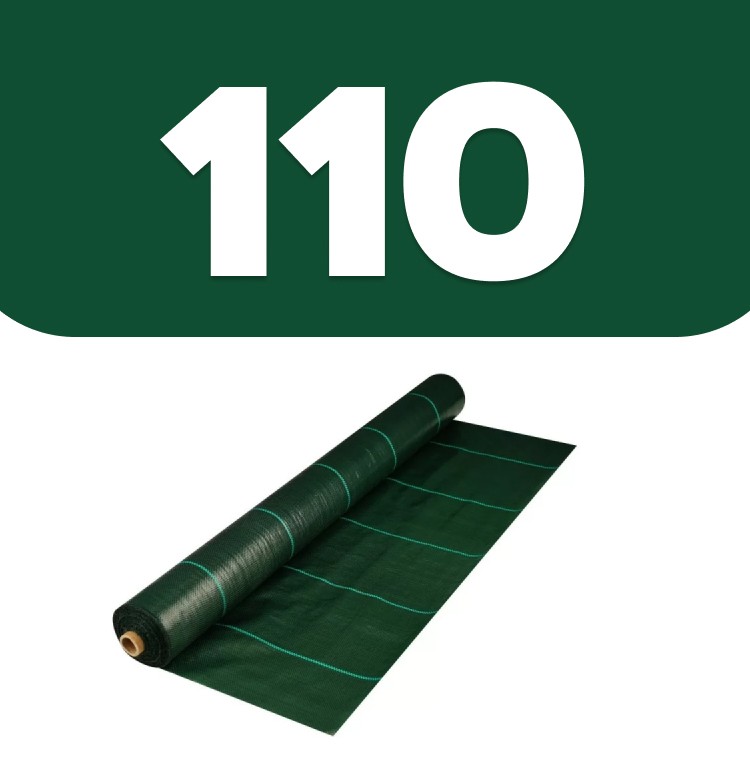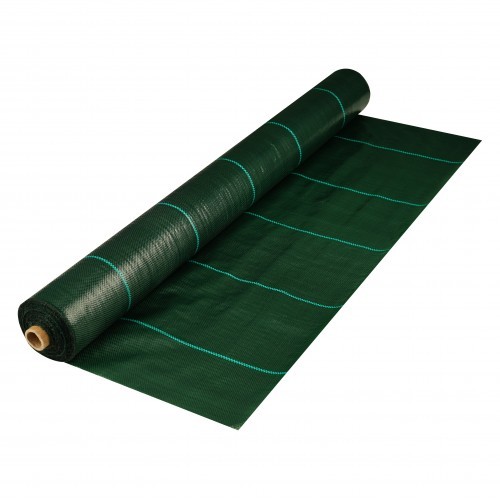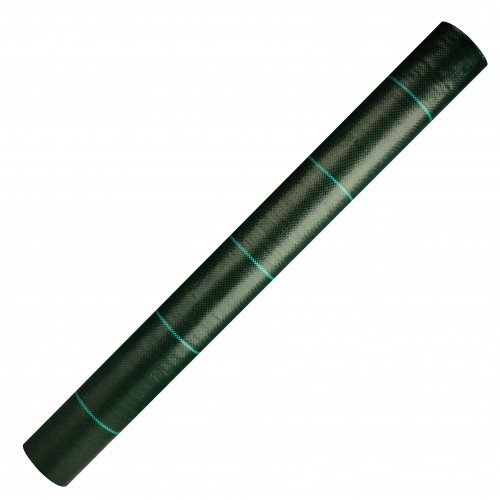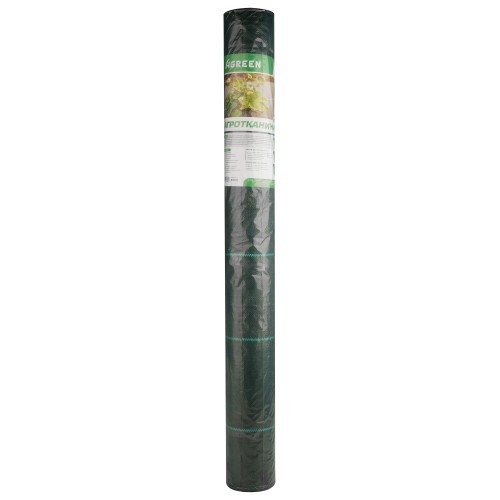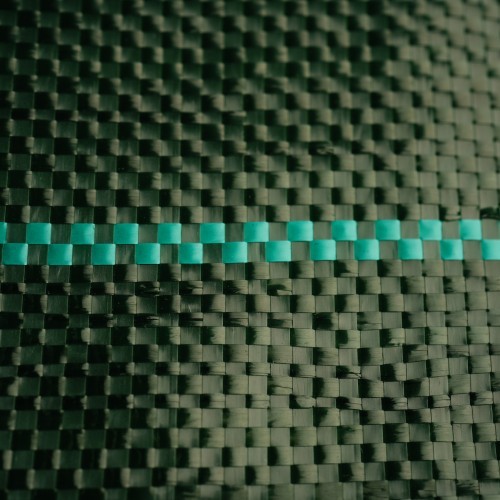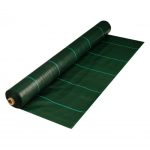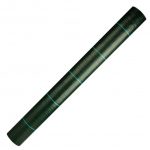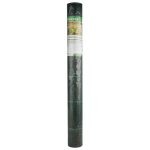Агротканина 110 г/м.кв., темно-зелена
Агротканина – це тканий поліпропіленовий надміцний матеріал темно-зеленого кольору, що добре пропускає воду. Використовується для мульчування. Бурʼяни та їх насіння, перебуваючи під чорним мульчуючим матеріалом, не отримують необхідної кількості світла і гинуть. Одноразове викладання агротканини звільняє від необхідності обприскування гербіцидами, що зменшує витрати на виробництво та заощаджує час. Застосування агротканини значно покращує здоровʼя рослин і плодів – овочі та фрукти не містять шкідливих хімічних речовин.
Переваги:
-
захищає від бурʼянів;
-
надвисока пропускна здібність як води так і повітря;
-
зберігає в чистоті плоди та ягоди; під матеріалом не утворюється гниль і цвіль;
-
матеріал не піддається процесу гниття при контакті з водою;
-
смугасте маркування спрощує процес розмічування грядки.
Сфера застосування:
-
для мульчування ґрунту при вирощуванні овочевих та ягідних культур, плодово-ягідних кущів та дерев;
-
у розплідниках декоративних та плодових культур;
-
у садово-парковій архітектурі;
-
у ландшафтному дизайні.
Спосіб застосування:
Агротканина розстилається по поверхні землі, краї закріплюються. У разі, коли рослини висаджуються в ґрунт, у тканині роблять хрестоподібні розрізи, у які висаджують розсаду. Матеріал не знімають аж до ліквідації культури. На грядках з багаторічними ягідними культурами матеріал знаходиться цілий рік.
Основна відмінність від агроволокна – надміцність, що дає змогу використовувати агротканину до 7 років.
Харатеристика:
Щільність: 110 г/м.кв.
Довжина: 50 м.
Колір: темно-зелений
